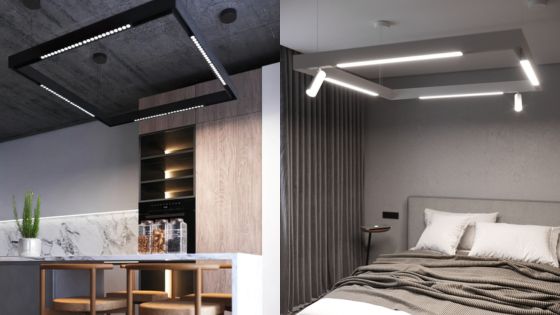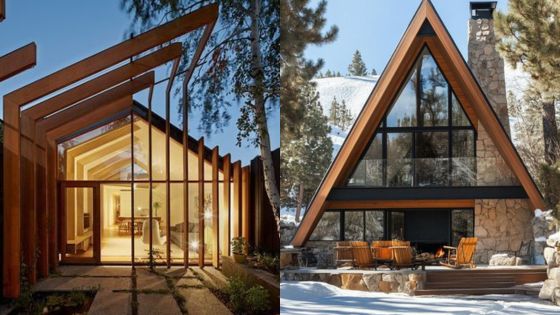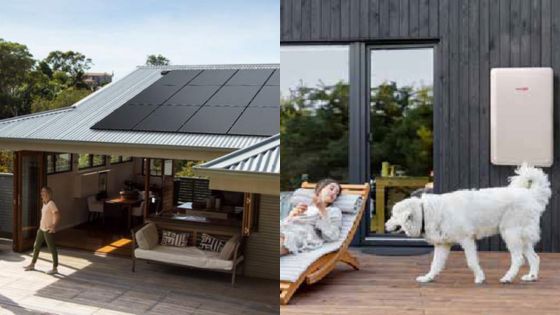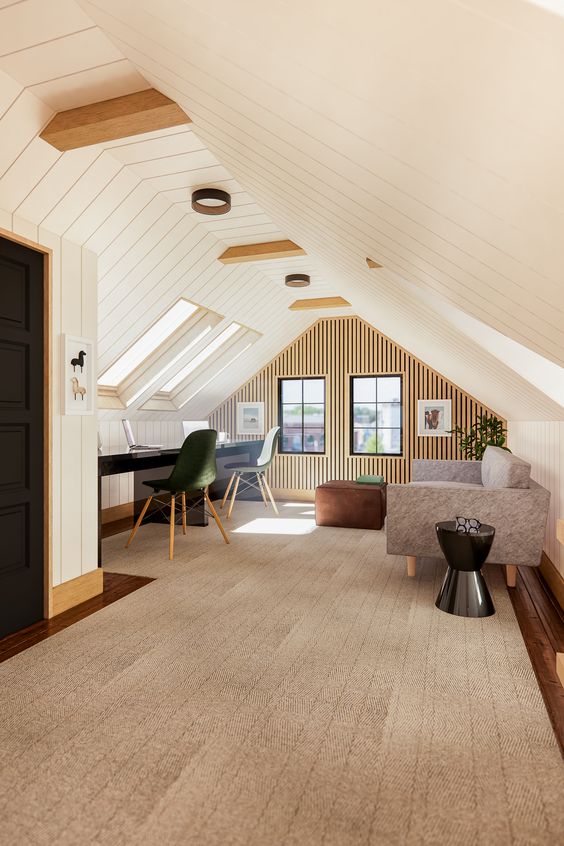
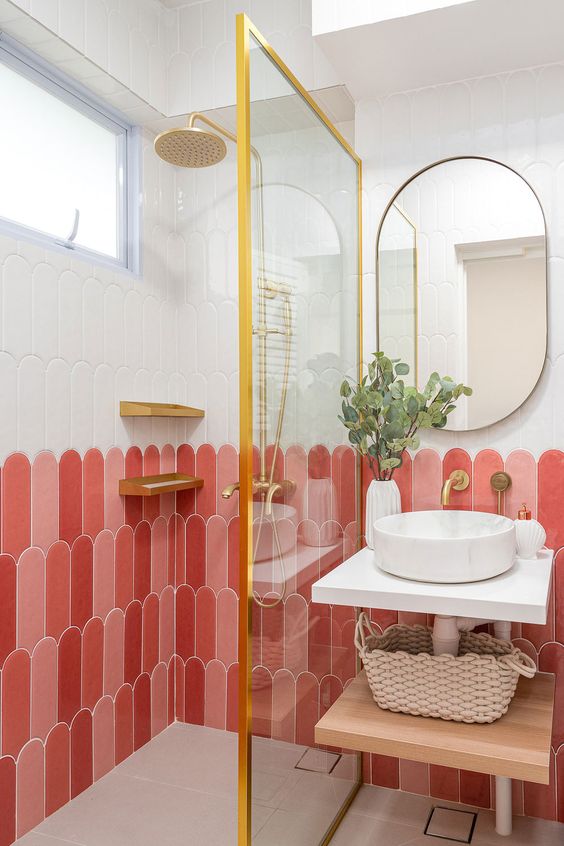
Maybe you’re happy in your home right now and don’t have plans to move in the short term. However, you want to consider all your options and make sure all the investments you make in your home will yield a return if you eventually decide to sell or rent.
What are the most impactful home improvement projects that will increase the value of your home – while making it more comfortable for your family? What about the carbon footprint and the impact on the environment?
In 2022, more than 30% of the total greenhouse gas emissions in the US were from the residential and commercial sectors. By merging these two issues, you can reduce your carbon footprint and utility bills while making useful home improvements that use green technologies to add value to your home.
Do home improvements always add value to the house?
It depends. If you are a real estate agent looking to flip a house quickly, you’re probably just looking for cosmetic changes. Anything beyond that isn’t likely to increase your profit margins. If you’re a homeowner, however, you’re actually living in that home. Any investment you make will improve the quality of life of you and your family.
Pick your projects carefully; they will add value to your home if you sell them.
Kitchen Renovations
Kitchens are among the most used rooms in any home. It should come as no surprise that they’re the first rooms potential buyers look at—and also the ones that can improve your quality of life the most.
The first thing to consider before any remodeling is your budget. Are you looking for a full remodel or just specific changes? Full remodels aren’t usually as impactful and won’t give you as much bang for your buck compared to small, select changes.
For select improvement, you want to focus on functional changes. A new marble countertop may sound appealing, but neglecting the sink and cabinets won’t improve your quality of life as much. A more considerate approach would be to look for a more affordable countertop and to include other functional improvements. To explore more ideas and get expert advice on home remodeling, you can go to the website for additional resources and inspiration.
Bathroom Remodeling
The bathroom is likely the room that can benefit the most from green technologies. An investment in low-flow faucets and showerheads will pay for itself in the long run.
You can also look for WaterSense-labeled toilets that meet the EPA’s efficiency criteria and reduce toilet water usage by at least 20% and up to 60%. The average American uses 82 gallons of water at home. With the addition of WaterSense toilets, the average US family could save almost $200 yearly.
Opting for LED lights—the most efficient lighting option for energy consumption and longevity—and switching to tankless water heaters is a relatively cheap way to add much value.
All these changes will make your home more desirable for potential buyers in the long run while immediately impacting your short-term bills.
Windows
Switching to energy-efficient windows is an indirect way to reduce your footprint and give your HVAC system some rest.
Insulation is increasingly playing a larger role in modern architecture. Energy-efficient windows offer a higher level of insulation to minimize the impact the weather outside can have on your home. That means less work for HVAC and smaller electrical bills. Every day, people are migrating towards energy-efficient options.
To make the switch even more accessible, the EPA created ENERGY STAR, a new designation for products that meet this efficiency threshold. You can look for ENERGY STAR-certified windows like Andersen’s, google ‘Andersen windows near me’, and compare prices with local contractors.
Going Solar
Going solar is the holy grail for people looking to reduce their carbon footprint and gain energy independence. Setting up a solar system can make your home more appealing and contribute to a more sustainable future.
A downside is that the upfront cost of a solar system can be prohibitive, with average prices ranging from $15,000 to $20,000. Luckily, new legislation is offering incentives—such as tax exemptions—to encourage more people to go solar.
In Indiana, the Residential Clean Evergy Tax Credit can save up to 30% of the total cost of your solar panel system, and the Indiana Solar Sales Tax Exemption can save up to 7%.
- 10shares
- Facebook0
- Pinterest10
- Twitter0
- Reddit0

